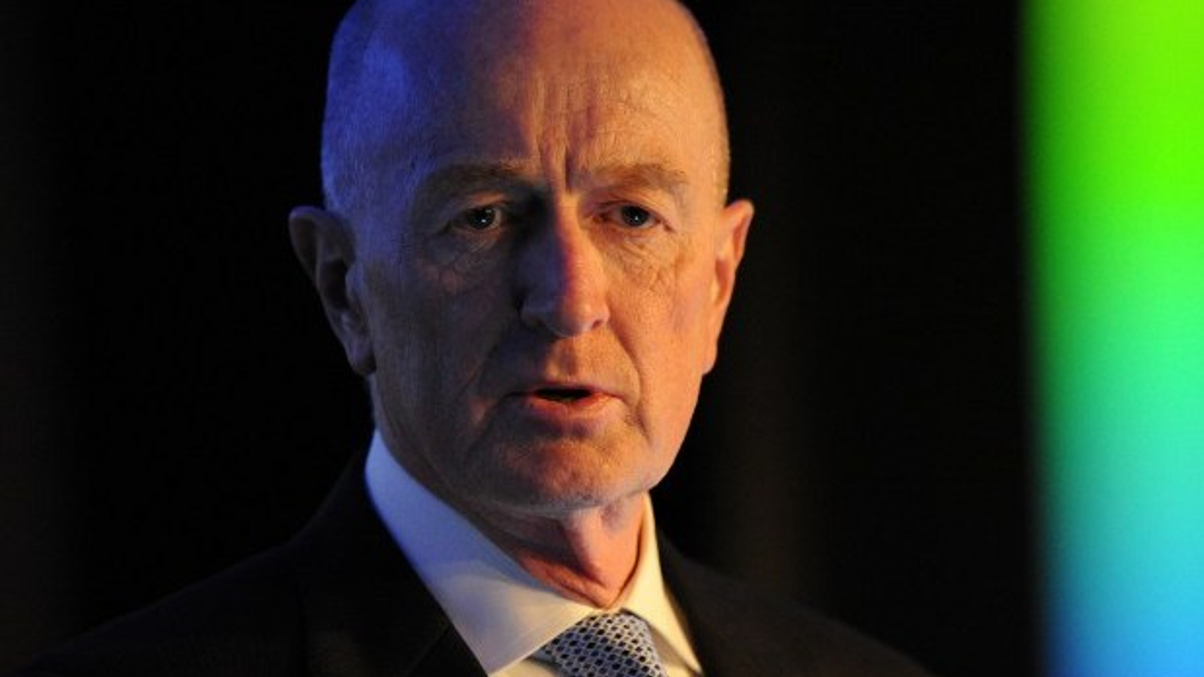Central bank intervention set to continue
While some blame recent global volatility on the US Federal Reserve, central bankers say stimulus policies are now an accepted and widely used way to encourage growth.

Market intervention by the US Federal Reserve and other central banks will continue for the foreseeable future, even as volatility continues to roil emerging markets and other countries, suggest central bankers.
Sign in to read on!
Registered users get 2 free articles in 30 days.
Subscribers have full unlimited access to AsianInvestor
Not signed up? New users get 2 free articles per month, plus a 7-day unlimited free trial.
¬ Haymarket Media Limited. All rights reserved.


